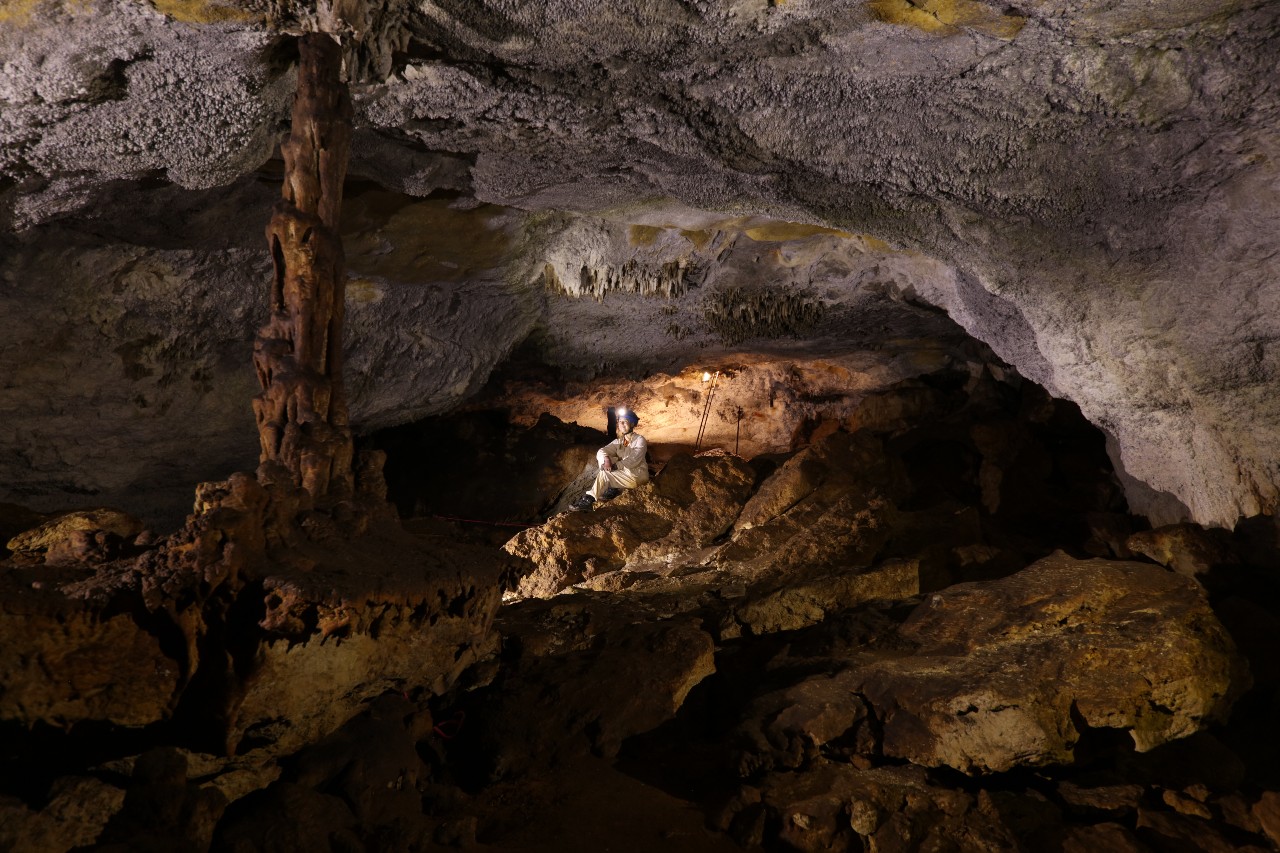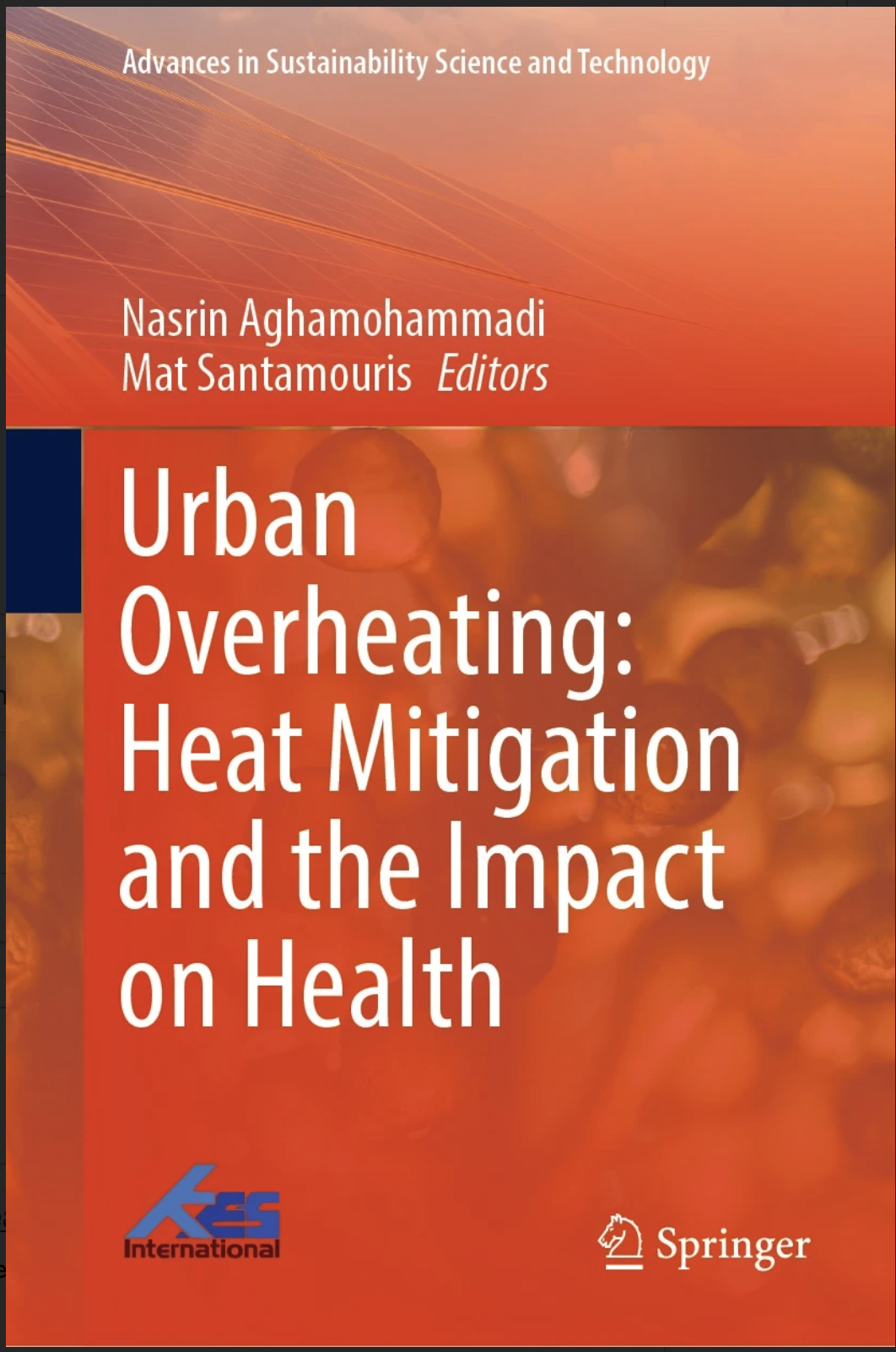BLOGS WEBSITE
Category: Publications
What are ecosystem services and what do they mean for physiotherapy?
The environment has long been recognised as a determinant of health (Dahlgren & Whitehead, 2021). While determinants of health may be protective, health promoting or risk factors (Dahlgren & Whitehead, 2021), the narrative regarding the relationship between the environment and human health has largely focused on risk factors, like air, water, light and noise pollution. […]
Comments Off on What are ecosystem services and what do they mean for physiotherapy?
Here for Good
The University is committed to a sustainable future, and has ambitions to lead and deliver positive and sustainable change for good. Solving known and evolving problems of today, and preparing our emerging leaders for tomorrow, is our strength. The previous Campus Sustainability Plan (2016-2020) outlined the University’s first coordinated suite of strategies to reduce carbon […]
Comments Off on Here for Good
Putting the ‘history’ in ‘prehistoric’: confirming the origin of the first collection of megafauna from the Naracoorte Caves
The World Heritage listed Naracoorte Caves in southeast South Australia contain some of the world’s most valuable fossil deposits from the Quaternary period (2.5 million years ago to the present). The caves are particularly famous for their ‘megafauna’ fossils. These large animals roamed the Australian continent for most of the Quaternary, before the majority became […]
Comments Off on Putting the ‘history’ in ‘prehistoric’: confirming the origin of the first collection of megafauna from the Naracoorte Caves
Water buybacks are back on the table in the Murray-Darling Basin. Here’s a refresher on how they work.
The Federal government has announced a new round of strategic water buybacks in the Murray-Darling Basin. The government intends to purchase water entitlements from voluntary sellers in parts of New South Wales and Queensland. A total of 49.2 gigalitres (GL) will be purchased across seven catchment areas through open, competitive and transparent tenders. This water […]
Comments Off on Water buybacks are back on the table in the Murray-Darling Basin. Here’s a refresher on how they work.
Playing sea soundscapes can summon thousands of baby oysters – and help regrow oyster reefs
Imagine you’re in a food court and spoilt for choice. How will you choose where to eat? It might be the look of the food, the smell, or even the chatter of satisfied customers. Marine animals do the same thing when choosing a good place to live. Even seemingly simple creatures such as marine larvae […]
Comments Off on Playing sea soundscapes can summon thousands of baby oysters – and help regrow oyster reefs
Changes in marine ecosystems going undetected
Existing ways of calculating biodiversity dynamics are not very effective in detecting wholesale species community change due to the effects of ocean acidification. University of Adelaide research shows that in cases where biodiversity metrics show no change or little change, there may still be reorganisation of ecological communities in our oceans. “The belief that climate […]
Comments Off on Changes in marine ecosystems going undetected
Study finds famous Australian caves are up to 500,000 years older than we thought – and it could help explain a megafauna mystery
South Australia’s Naracoorte Caves is one of the world’s best fossil sites, containing a record spanning more than half a million years. Among the remains preserved in layers of sand are the bones of many iconic Australian megafauna species that became extinct between 48,000 and 37,000 years ago. The reasons for the demise of these […]
Comments Off on Study finds famous Australian caves are up to 500,000 years older than we thought – and it could help explain a megafauna mystery











